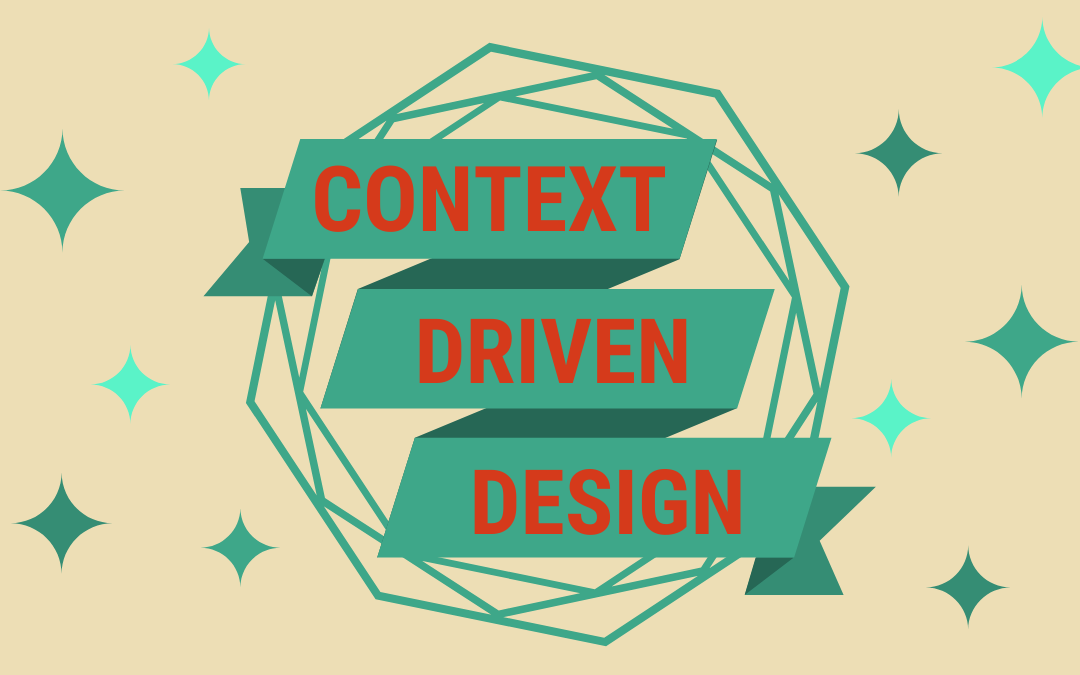Curated by Michal Levin, Senior User Experience Designer at Google. She is also the author of the book Designing Multi-Device Experiences by O’Reilly Media, offering a new context-driven approach to designing user experiences across devices. In a UX career of over 10 years, Michal has designed a wide variety of experiences for web, mobile, and TV. In addition, she regularly mentors startups and speaks at international UX conferences.
The Context Effect
Context matters. Our behavior and experience are largely affected by the surrounding factors within which we interpret the situation (also known as Context Effect in Cognitive Psychology). What we see, how much we eat, the way we act, and how we treat others are just a few examples of how our daily experiences are determined by context – offline and online.
Modern context-aware computing capabilities now enable us to design for context in its broader meaning – beyond location and in real time. Learning how to design with the context effect in mind is key to delivering optimal user experience today and in the years to come.
“Sometimes your greatest strength can emerge as a weakness if the context changes.” – Harsha Bhogle
In this video presented at the Next Berlin conference, Robert Scoble, one of the world’s best known tech journalists, describes how the five forces of context – mobile, social media, data, sensors, and location – brought together the conditions for the Age of Context.
Can you think of additional forces that contributed to the rise of context? How do these forces affect your product or service?
(To learn more about this topic, see the book Age of Context: Mobile Sensors, Data and the Future of Privacy by Robert Scoble and Shel Israel)
In this article, Cennydd Bowles delves into the seven flavours of context (DETAILS: Device, Environmental, Time, Activity, Individual and Social), providing a comprehensive framework for approaching context-driven design.
Think about your own product or service and ask yourself – which of these seven flavours are dominant along your experience flows? How might they affect your design, both today and three years from now?
In this article, Loren Davie, CEO and founder of Axilent, offers a new design metaphor to guide us as we walk into a new world of contextual applications: Conversations. In face-to-face conversations, we take our partner’s context into account when responding. Davie proposes we do the same with design.
Putting on the Conversations lens – how does it change the way you think about your users and their interactions with your product or service?
Designing for context is especially important when creating an adaptive experience. In this article, Avi Itskovitch discusses how smart devices, sensors, and context aware applications can enhance the user experience with adaptivity.
Adaptive design is about learning the environment and the user and adapting to their current needs and situation. Can you identify the set of contexts & flows where your product or service would be enhanced by adaptivity?
In this video, Dan Saffer talks about designing Microinteractions – those precious product moments, often context-driven, that focus on a small piece of functionality that does only one thing. Yet, they make the difference between products we have and products we love.
Consider the four parts of Microinteractions: Trigger, Rules, Feedback, and Loops & Modes. Which of these parts can utilize best context-awareness? How can your users benefit from incorporating microinteractions into your product or service?
(To learn more about this topic, see Dan Saffer’s book Microinteractions)
Note: To learn more about Context-Aware Computing, an excellent resource is Context-Aware Computing by Albert Schmidt.
Other Product Psychology Lessons
- Building Community Starts with Understanding People
- When Persuasion Becomes Deception
- Mastering Pricing Principles
- A Handy Behavioral Design Toolkit
- Onboarding Matters – Getting Users Engaged in your Product
- Dual Process Theory: Is Your Product the Elephant or the Rider?
- Web Psychology – The Science of Online Persuasion
- Developing User Empathy with Design Sprints
- Want To Be A Game Psychologist? What You Need to Know
- How to Do Effective User Research
- Context Driven Design (The “Context Effect”)
- Writing Copy for Your Reader’s Brain
- Designing Habit-Forming Products
- Games, Play, and Motivation
- How Scarcity & Impatience Drive Irrational User Behavior
- Should You Listen To Your Users or Your Data?
- Emotional Engagement – Designing with the Heart in Mind
- Product Psychology: The 3 Things Everyone Should Know About

